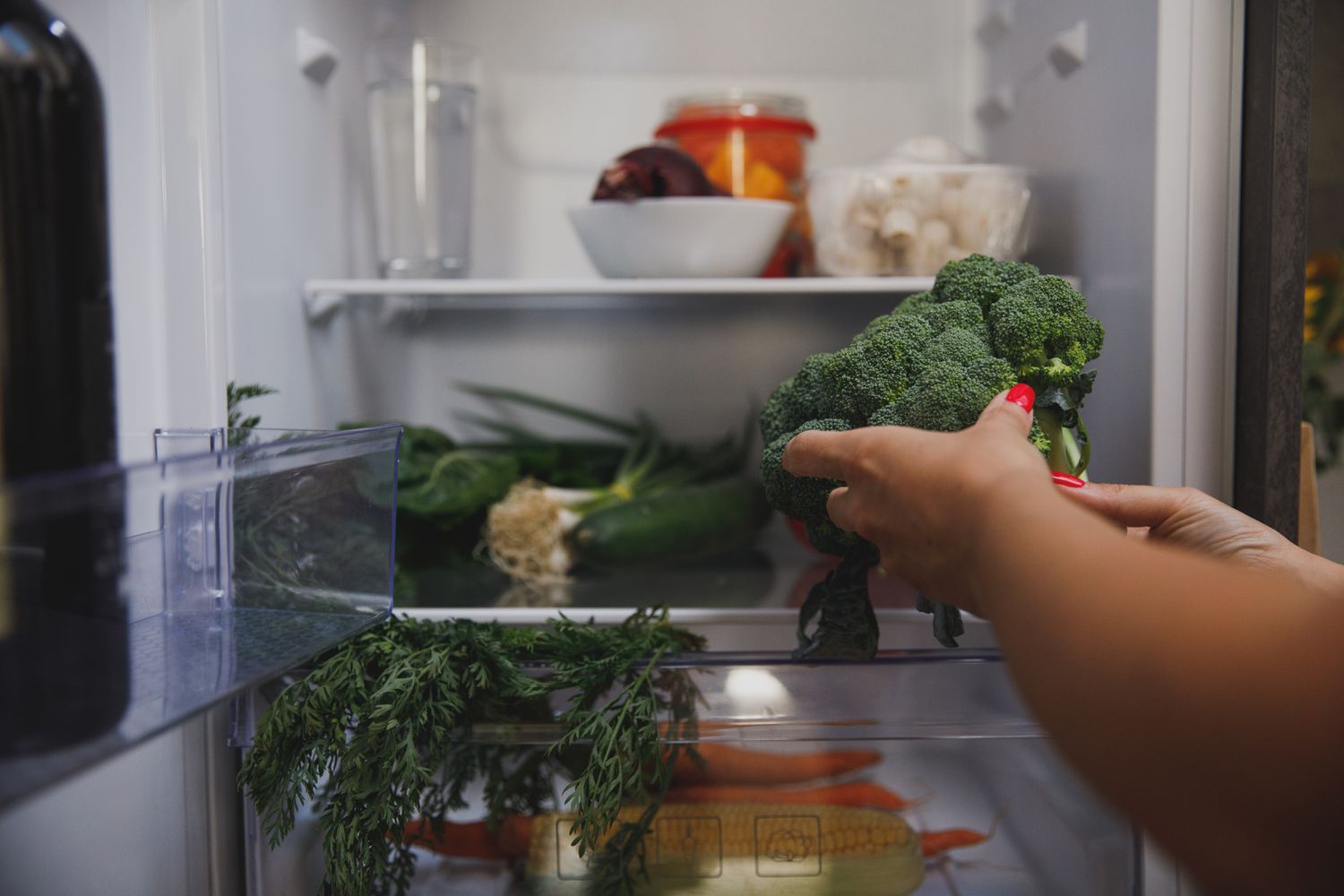
3 Food Safety Mistakes You Didn’t Know You Were Making
Most refrigerators provide easy guideposts for organization (like crisper drawers, for example), but Melissa Vacarro, Senior Food Safety Program Specialist for the National Environmental Health Association, says that it’s important to take an extra step to educate your families on the ins and outs of food safety.
“Just because you understand how to properly maintain your refrigerator does not mean that everyone else in the family does as well,” says Vacarro, who shared with us some of the most common mistakes people tend to make when organizing their fridge.
The good news is, they are just as easily fixable. Follow these tips and tricks to learn the best ways to keep risky temperatures and mess—especially from raw proteins—to a minimum.
- Melissa Vacarro is the Senior Food Safety Program Specialist for the National Environmental Health Association (NEHA).
3 Common Food-Safety Mistakes
Ignoring Temperature
“The biggest concern, in my opinion, is keeping refrigerator temperatures above 41°F,” Vacarro says. “Temperatures higher than this not only cause food to spoil faster but also create an environment where harmful pathogens can grow.”
To abet this, make sure you can easily monitor your refrigerator’s temperature, which should be at or below 41°F. Vacarro herself keeps a secondary digital-read thermometer in the refrigerator door—which also tends to be the warmest spot—to monitor the overall refrigerator temperature for safety.
Storing Meat In The Wrong Place
Vacarro says that another common mistake is poor fridge organization, especially when it comes to meat. Raw meat products should never be stored above ready-to-eat foods (like fresh produce or leftovers).
“This can lead to raw juices dripping onto fresh items, posing a serious health risk,” Vacarro says. “Always store raw proteins on the lowest shelf or in a designated drawer or storage bins to prevent contamination.”
Mistaking Freshness For Food Safety
Food freshness and food safety are not the same thing, and Vacarro says it’s important to know the difference.
“While spoiled or aging food may look unappetizing or lose its flavor and texture, it won’t necessarily make you sick,” says Vacarro. “Food safety, on the other hand, is about preventing contamination from harmful bacteria that can cause illness.” One way to get ahead is to keep things organized, monitor temperature regularly, and always date opened items of food.
Kendyll Hillegass
How To Organize Your Fridge Shelves
Meats should stay as close as possible to the bottom of the fridge, preferably in bins or on trays to limit leakage of any raw juices. Veggies and fruits should come next. Above that, store ready-to-eat and temperature controlled items, like deli meats, cured meats, or leftovers. Reserve the top shelf for cooling or storing any uncovered items.
If space in your refrigerator allows it, it’s a good idea to arrange the meats from bottom to top by their cook-by temperature—starting with the highest cook temperature. Here’s a breakdown of that order:
- Raw Chicken/Poultry (165°F)
- Raw Ground Meats (155°F)
- Raw Pork, Beef, Seafood, and Whole Eggs (145°F)
- Washed Fruits & Vegetables
- Ready-to-Eat/Temperature Controlled Foods (covered, protected)
- Cooling food or any uncovered items










